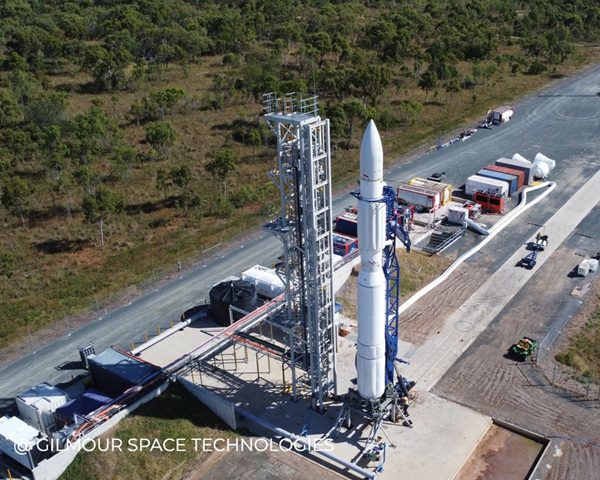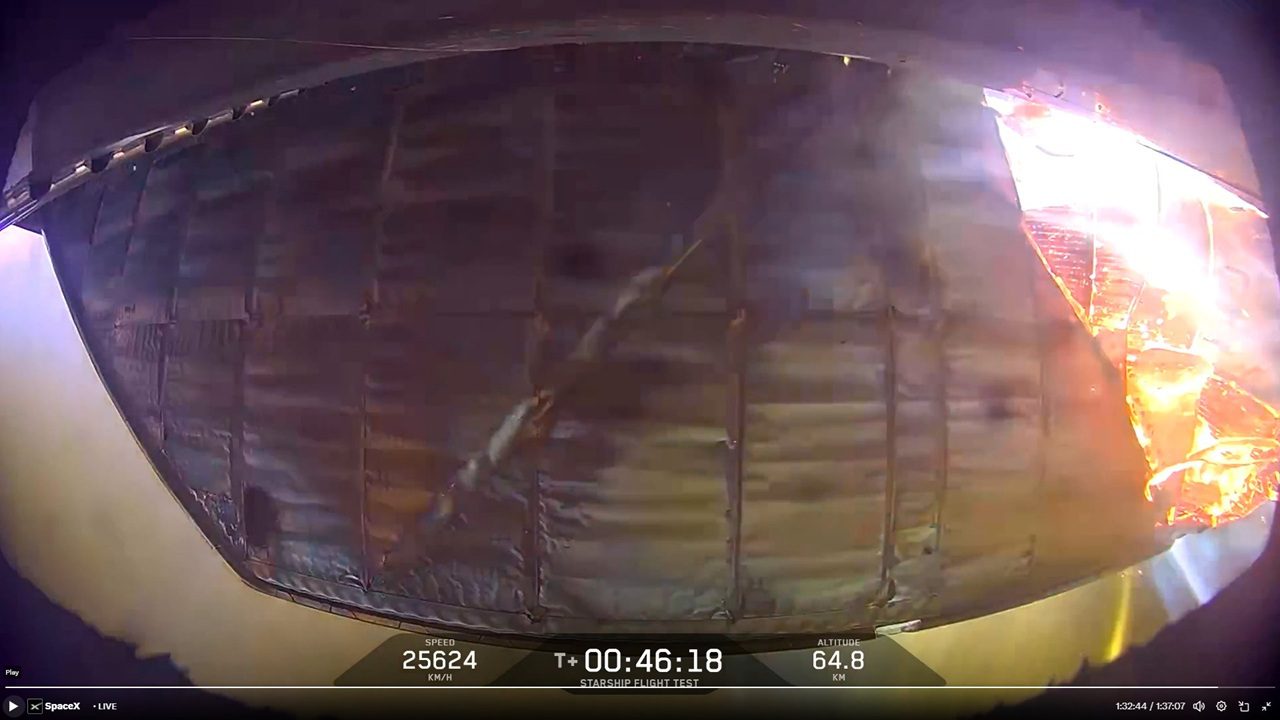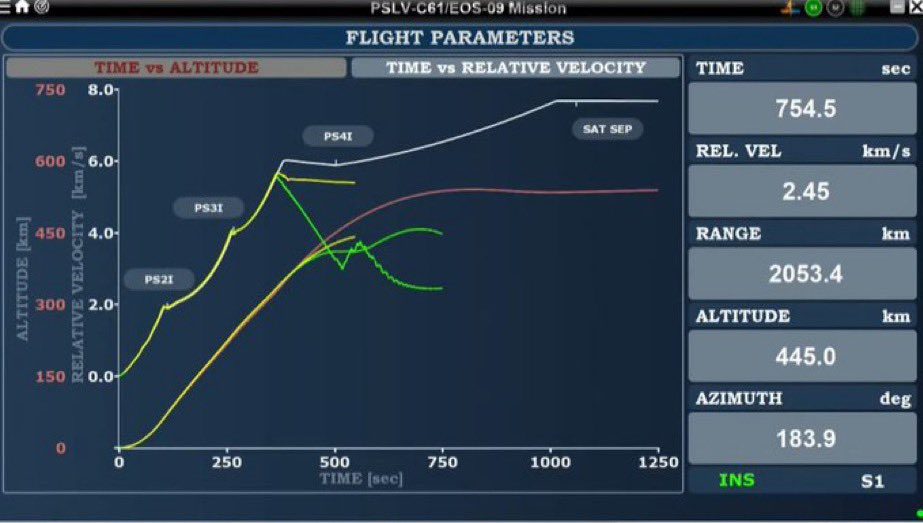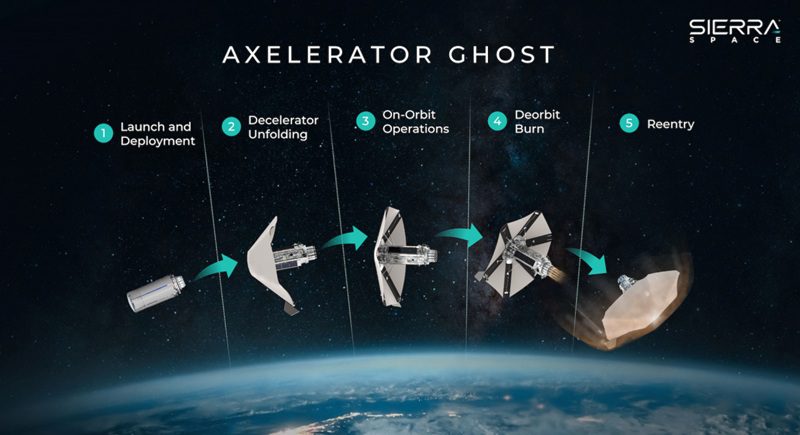An investigation has discovered the reason why the first orbital attempt of Japan’s dedicated SS-520-4 cubesat launch vehicle ended in failure.
After the launch took place at 2333 GMT on 24 January 2016, from the Uchinoura Space Center in Kagoshima, Japan, all seemed initially to go well until the three-stage launch vehicle suffered a telemetry drop out at T+20.4 seconds. Despite this, the rhumb-line guidance/thruster steered first stage continued to fly correctly, to complete its full 31.7s burn. However, all was not well.

SS-520 launch vehicle is successfully launched from its rail launcher – but it all went wrong later. Courtesy: JAXA
The second stage ignition did not take place and the vehicle and payload fell back to Earth. While it was a pointless exercise, the fairing and the Tricom 3U cubesat spacecraft payload, were released in a pre-programmed manner before impact. JAXA tracked the launch vehicle and confirmed that it fell into the south eastern ocean off the Uchinoura Space Center, within the projected drop area. The originally planned orbit was 1,500 x 180 km at 31 degree inclination.
An investigation found that ignition failure occurred because an automated permission-to-proceed signal was not sent, due to the mission protocol which did not allow the launch to go on after a loss of telemetry.
A JAXA investigation later found that a short circuit on an outside ducted set of wiring on the second stage was the cause of the failure. Specifically, where the wiring ran into the duct through a cut out, the fibreglass tape insulation on the wires in the bundle suffered abrasion during to the launch’s juddering vibration. The bare wire touched the conductive aluminium structure causing a short circuit between the wire & grounded structure that generated a transient current in excess of 40A. The failure mechanism was successfully replicated during a failure investigation test.
The SS-520-4 is a direct conversion of the SS-520 sounding rocket into an orbital launch vehicle for nanosat (cubesat) class payloads of 1-10 kg mass. The orbital version of two-stage SS-520 sounding rocket has an extra solid rocket-powered third stage attached. This demonstration of a nanosat launch vehicle was funded by a US$3.5 million grant from the Japanese government’s Ministry of Economy, Trade and Industry. As a result of the investigation, it has been decided to mount a second flight attempt of the modified SS-520 later in 2017.
The lost 4 kg Tricom 3U spacecraft was built by the University of Tokyo, and funded/owned by the Japanese Ministry of Education, Culture, Sports, Science and Technology (MEXT). It contained an experimental Store/Forward communications payload, plus four main cameras for Earth observation and a sub-camera to allow for imaging of the ground during the unstable stages.







